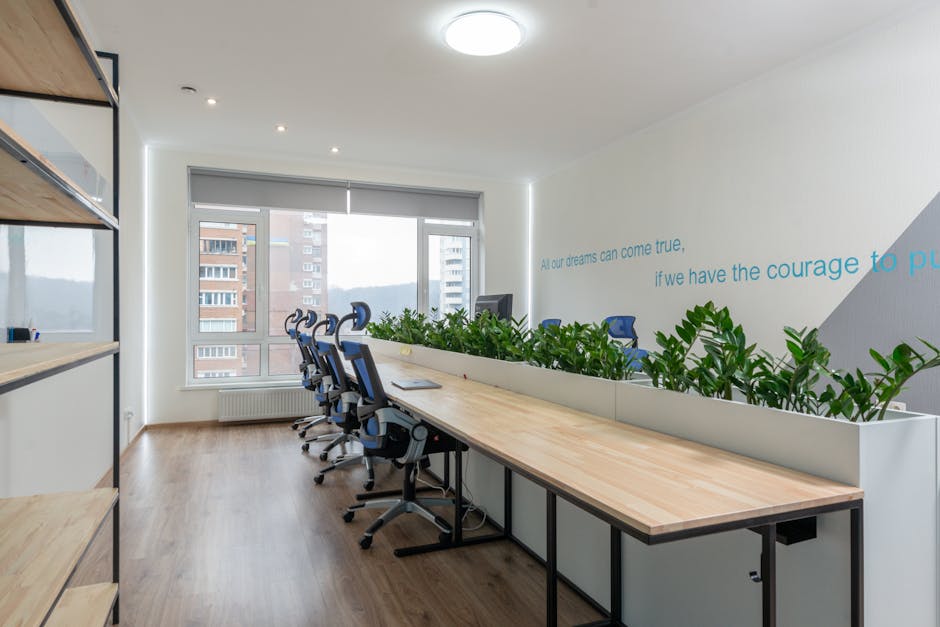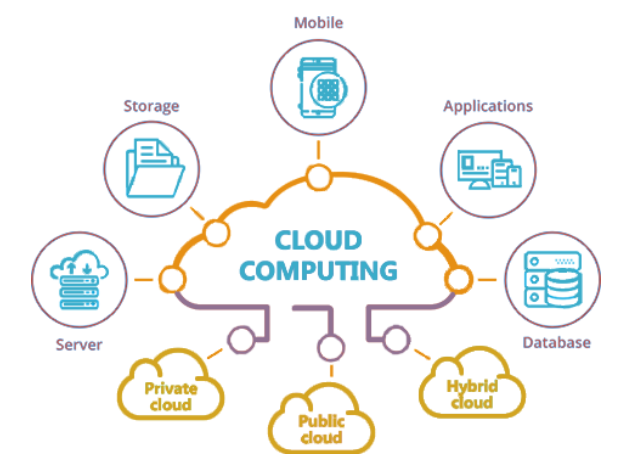In the fast-paced world of business, staying ahead of the curve is crucial. One significant shift in corporate governance, as it mentioned in https://board-rooms.co.uk/ideals-board/, is the adoption of virtual board portals. This transformation is driven by the need for efficiency, security, and inclusivity. In this article, we’ll explore the key aspects of this evolution and how it benefits modern governance.
Embracing Digital Transformation
Digital transformation is revolutionizing how boards operate. The move towards digital governance, boardroom digitization, and paperless meetings is enhancing the efficiency and effectiveness of board operations. Here’s a closer look at how this digital shift is reshaping boardrooms:
- Digital Governance. Digital governance is about leveraging technology to enhance board operations. By digitizing board activities, companies can streamline processes, reduce costs, and improve decision-making.
- Boardroom Digitization. Boardroom digitization involves transitioning from traditional paper-based meetings to digital formats. This shift not only saves time and resources but also ensures that information is easily accessible and secure.
- Paperless Board Meetings. Paperless board meetings are a cornerstone of digital governance. They eliminate the need for physical documents, making it easier to manage, share, and review materials. This approach also supports environmental sustainability.
By embracing digital transformation, boards are better equipped to handle the complexities of modern governance. This shift not only enhances operational efficiency but also supports a more secure and environmentally friendly approach to board management.
Adapting to Remote Work Trends
The rise of remote work has fundamentally changed how businesses operate, including at the board level. Adapting to these trends is essential for maintaining effective governance. Virtual board portals provide the tools necessary to support remote work environments, ensuring that board activities continue seamlessly.
- Remote Board Meetings. The rise of remote work has made remote board meetings essential. Virtual boardroom solutions enable members to participate from anywhere, ensuring that geographical barriers do not hinder board functions.
- Virtual Boardroom Solutions. Virtual boardroom solutions provide a secure and efficient platform for conducting meetings. These solutions offer features like video conferencing, document sharing, and real-time collaboration, enhancing the overall meeting experience.
- Distributed Workforce. With a distributed workforce becoming more common, virtual board portals support seamless communication and collaboration among board members, regardless of their location.
New study looks at pros and cons of remote work
Adapting to remote work trends ensures that boards can function effectively in a distributed environment. By leveraging virtual boardroom solutions, companies can maintain high levels of engagement and collaboration among board members, regardless of where they are located. This adaptability is crucial for modern governance and helps businesses navigate the challenges of a remote work landscape.
Improving Accessibility
In the modern business environment, accessibility is key to effective governance. Virtual board portals are designed to provide easy access to essential documents and meetings, no matter where board members are located. This ensures that all members can stay informed and engaged.
- Remote Access Solutions. Remote access solutions are vital for modern governance. They allow board members to access necessary documents and participate in meetings from any device, enhancing flexibility and responsiveness.
- Anytime-Anywhere Access. Anytime-anywhere access ensures that board members can stay connected and informed, even when they are on the go. Mobile board portals are particularly useful in this regard, offering the convenience of accessing board materials from smartphones or tablets.
- Mobile Board Portals. Mobile board portals provide a user-friendly interface that simplifies accessing and managing board documents. This feature is especially beneficial for busy executives who need to stay informed while traveling.
By improving accessibility, virtual board portals ensure that all board members can actively participate in governance activities. This leads to more informed decision-making and a more cohesive board dynamic, ultimately benefiting the organization as a whole.
Enhancing Board Diversity and Inclusion
Diversity and inclusion are critical components of modern governance. Virtual board portals play a significant role in promoting these values by making it easier to involve a broader range of perspectives.
- Diverse Board Membership. Diverse board membership brings a range of perspectives and ideas to the table, which can lead to better decision-making and innovation. Virtual board portals make it easier to include members from diverse backgrounds and locations.
- Inclusive Governance Practices. Inclusive governance practices ensure that all voices are heard and valued. By leveraging digital tools, boards can facilitate more inclusive discussions and decision-making processes.
- Board Diversity Initiatives. Board diversity initiatives are crucial for fostering an inclusive culture. Virtual board portals support these initiatives by providing equal access to information and opportunities for all members.
Enhancing board diversity and inclusion through virtual board portals not only strengthens the board’s decision-making capabilities but also reflects a commitment to fairness and equality. This inclusive approach helps organizations better understand and serve their stakeholders, ultimately leading to greater success.
Addressing Technological Challenges
While the benefits of virtual board portals are clear, adopting new technology comes with its own set of challenges. Addressing these challenges is essential for successful implementation and operation.
- Technology Adoption. Adopting new technology can be challenging, but it’s essential for staying competitive. Boards must be proactive in embracing digital boardroom solutions to enhance their operations.
- Boardroom Technology. Boardroom technology, such as virtual portals and remote meeting technologies, plays a crucial role in modern governance. It helps streamline processes, improve communication, and ensure data security.
- IT Infrastructure. A robust IT infrastructure is necessary to support the technology adoption in boardrooms. Investing in the right tools and systems ensures smooth and efficient board operations.
Addressing these technological challenges requires a strategic approach. By investing in the right technology and infrastructure, boards can overcome obstacles and fully leverage the benefits of virtual board portals. This proactive stance ensures that boards remain effective and competitive in an increasingly digital world.
Conclusion
The evolution of boardrooms into virtual spaces marks a significant advancement in corporate governance. Embracing digital transformation, adapting to remote work trends, improving accessibility, enhancing board diversity, and addressing technological challenges are all essential steps in this journey. By leveraging these advancements, boards can operate more efficiently, inclusively, and securely, ultimately leading to better governance and organizational success.
By considering these aspects, boards can navigate the complexities of modern governance and stay ahead in a rapidly changing business environment. Embracing virtual board portals is not just a trend but a strategic move towards a more efficient, inclusive, and secure future.







